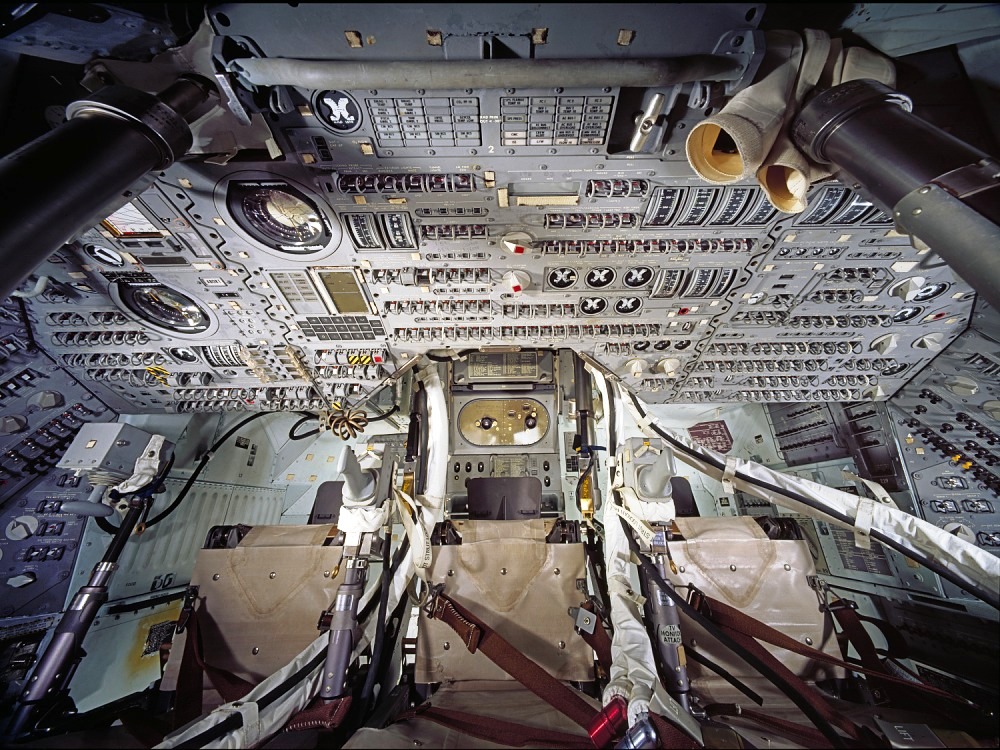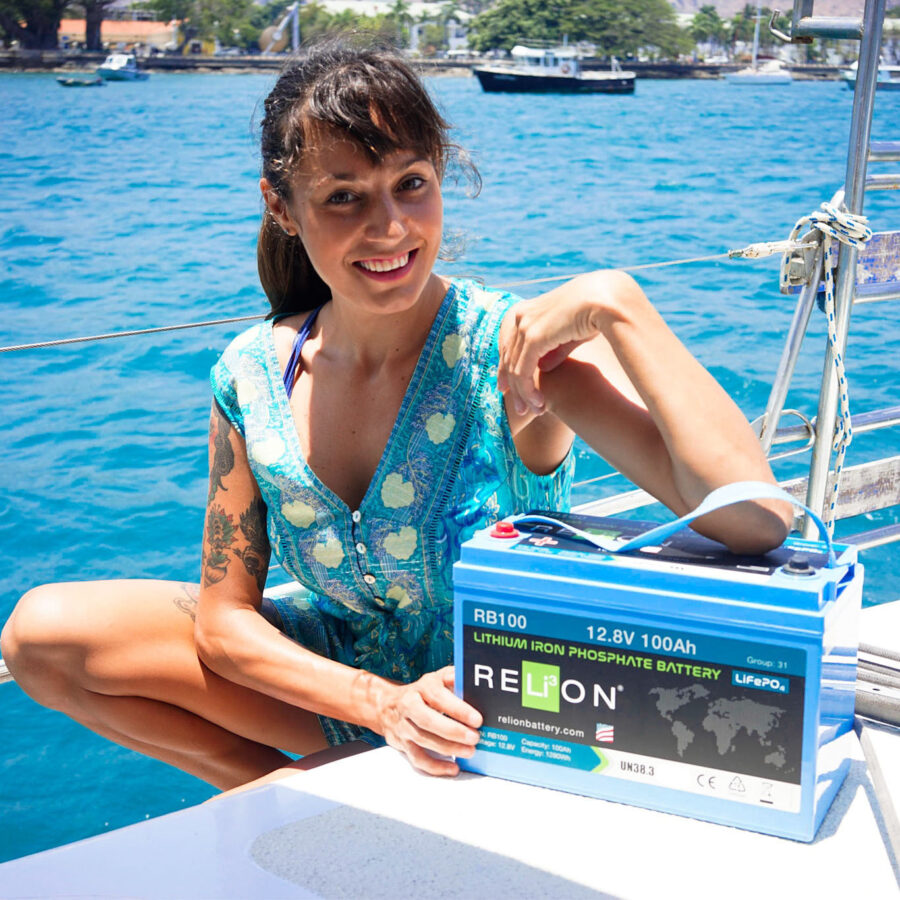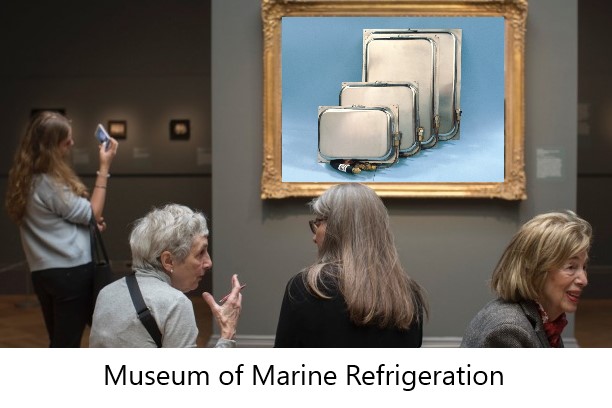Phone: (301) 352-5738
Email: info@CoastalClimateControl.com
Office | Warehouse:
1598 Whitehall Road, Suite D
Annapolis, Maryland 21409
Off to the Moon? Don’t forget the Sextant!

“It is good to know what our species is capable of when it gets out of its own way”.
That was a comment I read recently, referring to the moon landings 50 years ago. But there’s a fascinating back story to the Apollo 11 adventure that is worthy of note for its pioneering spirit and sense of bravado and derring-do.
Neil Armstrong could not have said it better than “That’s one small step for (a) man, one giant leap for mankind”. The amount of innovation and inventiveness required to overcome the technical challenges of getting man to the moon was astronomical in itself. Even so, some of the methods they employed have their roots in ancient navigation practices, and were not what one would expect to find in a spacecraft.
In the lead-up to the Apollo 11 moon landings, the Apollo 8 mission has been described as the most dangerous while carrying the most risks of the unknown. Apollo 8’s mission was to get to the moon, orbit it ten times, and return the astronauts safely back to earth, and for this they employed “inertial navigation”. This basically requires knowing where one is at the start of the journey and then tracking the direction and speed travelled using multiple gyro’s and accelerometers to calculate the current location.
Many mariners, especially old-timers like me, will recognize this as a spiffy version of DR (Dead Reckoning), where the same result on a boat is accomplished primarily using a compass and log. Modern navigational aids, like GPS, RDF, Loran, and others, give instant fixes that tell you where you are without the need to know historical data.
On the other hand, DR and Inertial Navigation are totally dependent on the accuracy of the instruments and the correct application of the data. Gyro’s and accelerometers are mechanical devices that are prone to a slight amount of drift, so on Apollo 8 there had to be some method of checking for errors and making adjustments. Wandering off track at sea might be a bit of a bother and lead to a surprise landing, whereas getting lost in space, where things look to be much the same wherever you are, would have more serious consequences. Unless, that is, there were a method of correcting the track now and again.
Navigating by DR on a boat, we can make corrections from depth readings, bearings, transits, etc., except when one is in the middle of an ocean with no reference points. That’s when a sextant would come in handy, if there happened to be one on board and, more importantly, if anyone knew how to use it. But you wouldn’t expect to find a sextant on a rocket ship to the moon, would you?
Yes, actually, that’s exactly what was installed in the Apollo 8 capsule, a space sextant. This resembled a pair of binoculars that was fixed in position, and was used to measure the angle between reference stars and the edge of the earth. Once a couple of fixes had been taken, they could be used to correct the inertial navigation’s assessment of the spacecraft’s location.
But how would the astronauts make those corrections to the Lost-in-Space-Era onboard computer? They also had to enter commands to steer and orientate the capsule, and since this was 1968, keyboards and mice weren’t in use back then.
The answer to this dilemma is so elegant in its simplicity that it’s difficult to believe it was used to send men to the moon and back. First, NASA came up with the idea of a membrane keypad that they coined a Display Keyboard, or DSKY for short. Then, to keep things simple, in addition to a numeric keypad, they designated two buttons to separate the actions of: 1) what to do, and 2) to what magnitude.
For instance they might want to turn the spacecraft 90 degrees to the right, so they’d hit button 1 and enter a code for “turn to the right”, and then hit button 2 and enter 90. So simple. But to simplify it even further, button 1 was labeled “Verb”, an “action” word, and button 2 was labeled “Noun”, a “thing”.
It was so simple, what could possibly go wrong? Well, even astronauts have finger-trouble it seems, and on the way back to earth, one of them accidently hit a sequence of keys that told the inertial navigation that they were back on earth. Oh No! Luckily, they managed to get out of that little pickle.
But don’t take my word for it. Do yourselves a favor and watch the spellbinding and brilliantly produced Nova documentary on Apollo 8 here: https://www.pbs.org/video/apollos-daring-mission-ntnwii/
By accepting you will be accessing a service provided by a third-party external to https://www.coastalclimatecontrol.com/






